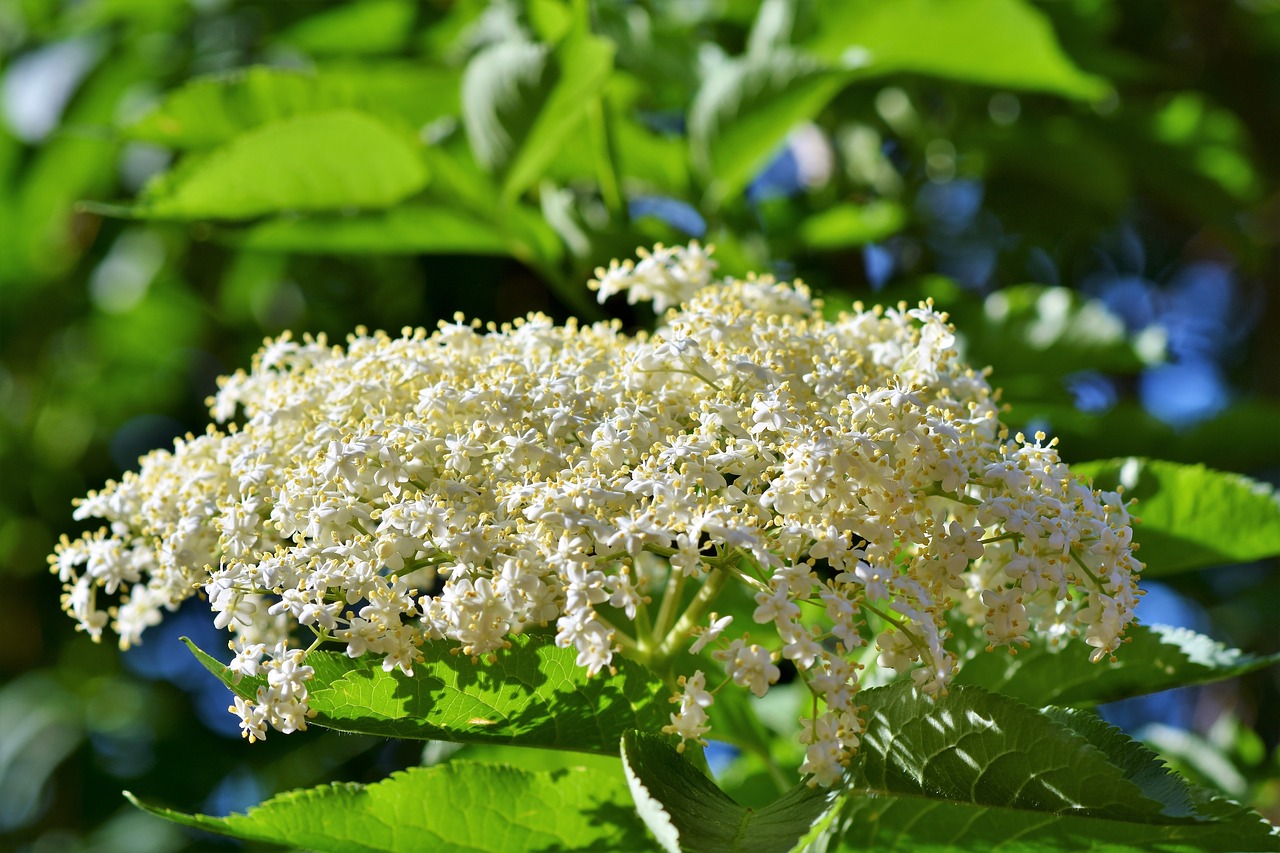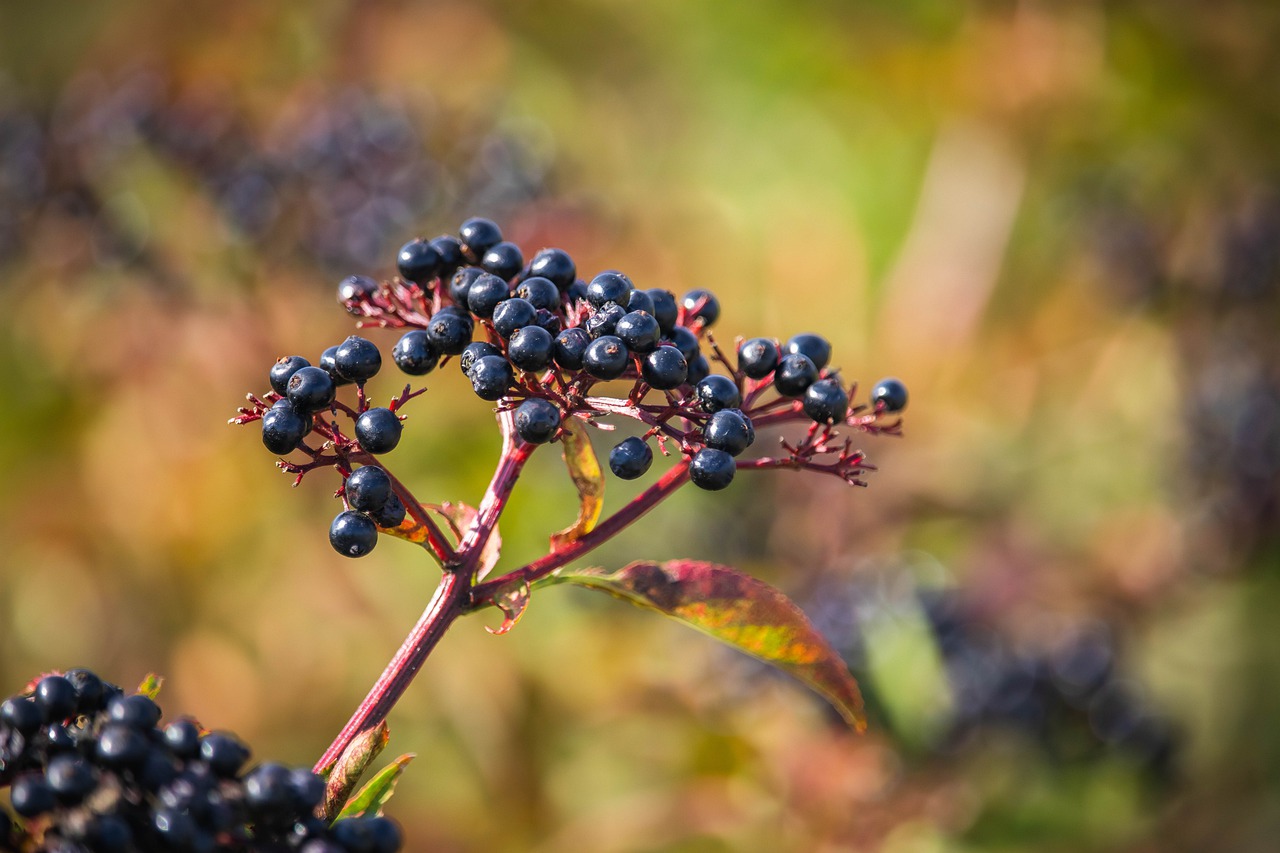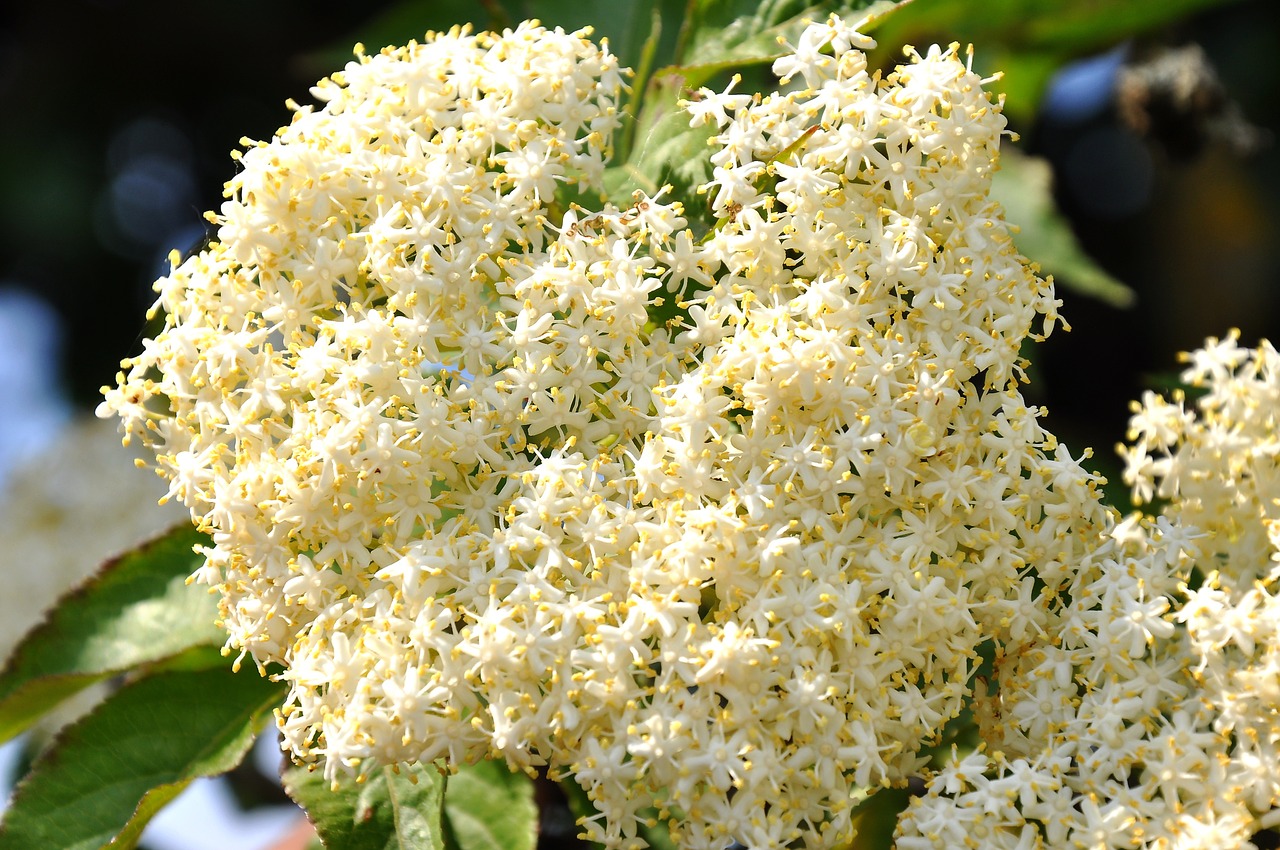When you think of berries to add to your garden, you might think of blackberries, raspberries, strawberries, or blueberries. If you’re feeling particularly cheeky, you might even list avocado trees or eggplants. One berry you might skip over is the elderberry.
Elderberries are small, dark berries with a unique tart and slightly bitter flavor. They make great liqueurs, syrups, or fillings for pie, and they are typically sweetened before eating. If the flavor doesn’t sound appealing, then you may be interested in them for their visual appeal. Elderberry flowers are beautiful and birds love the berries. Want to know how to plant elderberry bushes? Read on to find out.
Choose the right variety
A popular choice is the common elderberry, also called the American elderberry. It has slightly sweeter berries and the largest habitable range in zones 3 through 9. Another common choice for gardeners is the black elderberry or European elderberry. It’s similar to the American elderberry, but its zone range is slightly smaller (4 through 9), and it’s a bit taller.
Red elderberry has a smaller range (zones 4 through 7) and gardeners grow it as an ornamental. The berries are unpleasant to eat, but birds still enjoy them. Blue elderberry is native to the West Coast of the U.S. and has a similar range as the European elderberry. It’s also considered a tree rather than a bush due to its height. Dwarf elderberry bushes only grow to 2 feet tall, but they spread quickly. They’re popular for container gardens and most people grow them as ornamentals like the red elderberry.

When to plant elderberries
You can plant elderberries in either the fall or early spring. In southern regions with mild winters, planting in the fall can be a great way to jumpstart your elderberry bush’s growth. However, if you live in a region prone to harsh winter freezes, especially early in the winter, then planting in the fall leaves your bush vulnerable to cold damage.
Most elderberry varieties have shallow roots, with the exception of red elderberries. This means they’re more likely to sustain damage when the ground freezes. Once the roots fully establish themselves, this is unlikely to kill the plant, but a freeze soon after planting could be disastrous.
Where should you plant them?
Elderberries can tolerate partial shade, but they thrive in full sun. They prefer soil that’s rich in organic matter. If your soil is not naturally rich, you can mix compost into the soil to give it a boost. Mix it in thoroughly, but remember, most elderberry varieties have shallow roots, so concentrate on the top 3 to 6 inches.
Also, due to their shallow roots, you don’t need a deep hole to plant them. Simply remove the elderberry sapling from the container it came in and dig a hole that’s just as deep as the root ball and twice as wide. Set it in the center of the hole, make sure it’s standing up straight, and then fill the hole in around it.

How many elderberry plants do you need?
Some fruit-bearing plants are self-fertilizing, meaning pollen from a flower can pollinate another flower on the same plant. Self-fertile plants don’t require pollen from another plant, so you only need one. However, other fruit-bearing plants need at least one other plant to provide pollen. So which category do elderberries fall into?
Elderberries are in an interesting middle ground. They are partially self-fertile, which means they sometimes produce berries without pollen from another plant. However, they produce more berries, and more reliably, if a different plant pollinates them. If you aren’t interested in harvesting a large crop of berries, then you can plant as many or as few elderberry bushes as you want. On the other hand, if you’re a big fan of elderberry jam, then you’ll need at least two.

Caring for them after planting
Water can become an issue for elderberries, because of their shallow root systems. Since they can’t access deeper reservoirs of water during droughts, it’s important to keep them well watered. However, let the soil dry between each watering. If the top few inches of the soil are still damp, then wait another day or two before watering again.
For maximum berry production, prune elderberry bushes in late winter or early spring, and fertilize them in early spring. When pruning, concentrate on removing old, dead, or weak branches and trim them to maintain the size and shape you want. Weed regularly to keep the plant strong and healthy.
When to harvest elderberries
Berries are ready to harvest in late summer to early fall. You can identify ripe elderberries by their juice. Ripe berries have dark purple juice, while unripe berries have pale or clear juice. If one berry in a cluster is ripe, then the others will be as well. However, you should check each cluster individually, as unripe elderberries are toxic. The stems of the plant are toxic as well, so be sure to remove them before eating.
Elderberries are a beautiful plant, and they have a lot of visual appeal to offer. The berries may be an acquired taste for many people, but birds will flock to your garden once they begin to appear. These bushes are a great fit for wildlife or pollinator gardens. Whether you prefer the flowers or the berries, elderberry bushes are worth adding to your garden.



